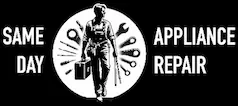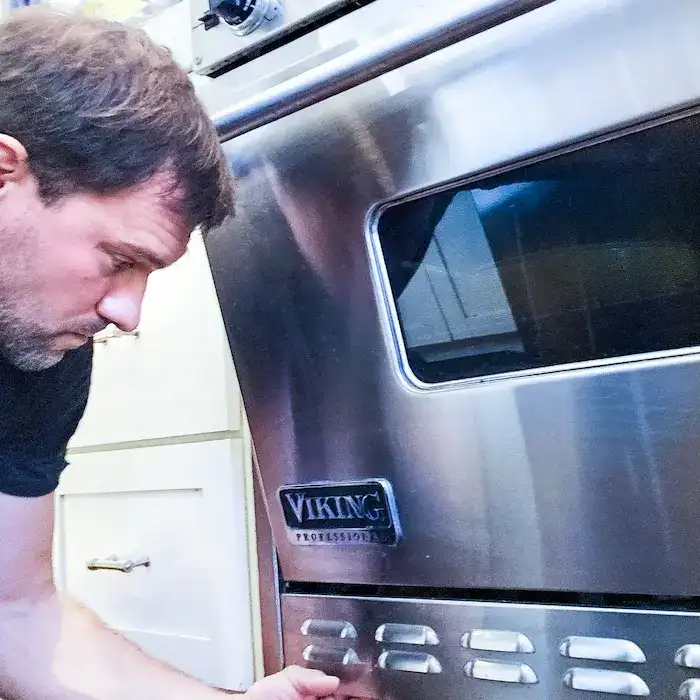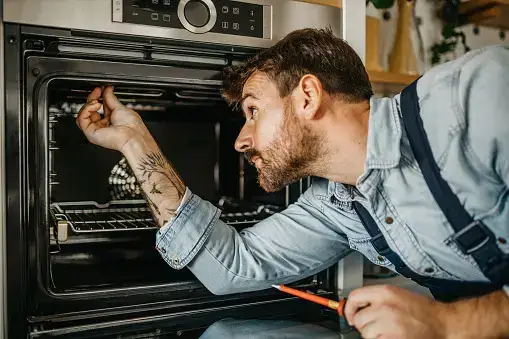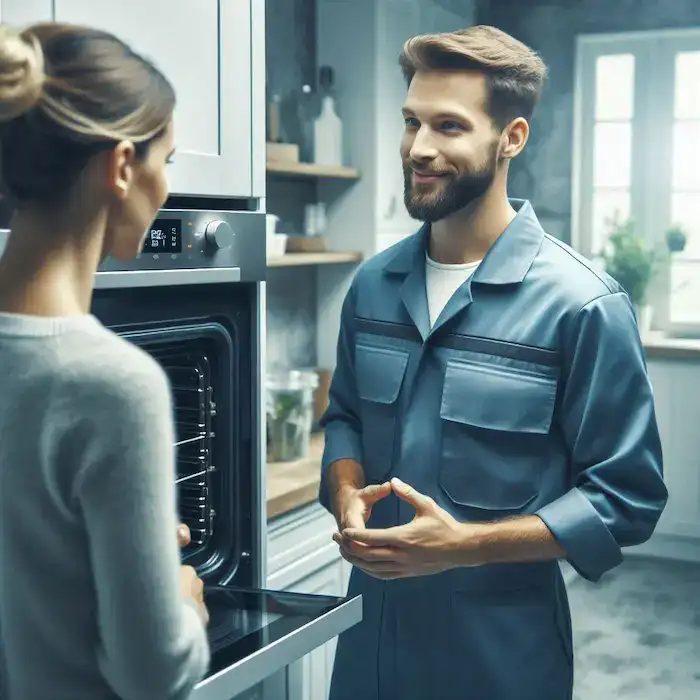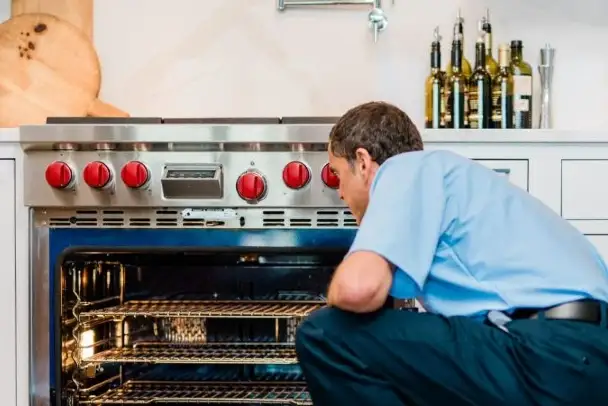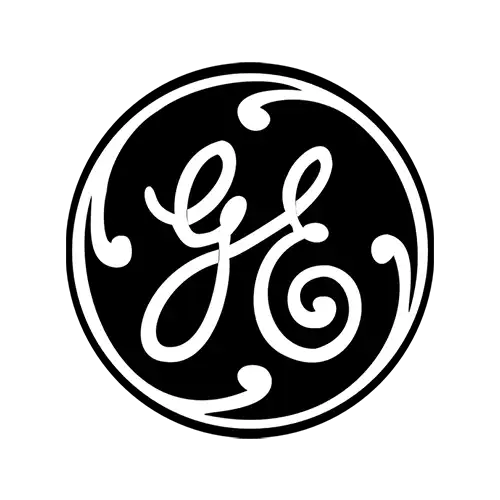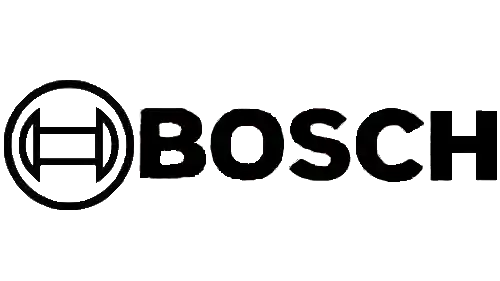Same-Day Oven Repair Services in Los Angeles and Surrounding Areas
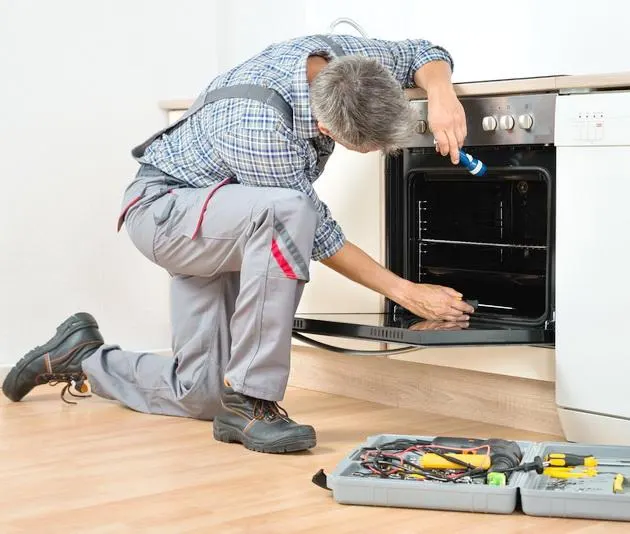
At Same Day Appliance Repair, we understand how essential a well-functioning oven is to your home. Whether you have a wall oven, gas oven, or electric oven, our expert technicians provide comprehensive oven repair services throughout Los Angeles and surrounding areas. With years of appliance repair experience, we service all major oven brands, including Wolf, Thermador, LG, Whirlpool, and more. We know that when your oven has a problem—whether it's a heating issue, a malfunctioning broil burner, or a stuck oven door—it disrupts your daily routine. That's why our technicians work efficiently and use only original replacement parts to ensure your oven is restored to safe temperature operation.
From minor oven issues like faulty oven racks to more complex problems with oven's circuit breaker or lock motor, we're here to help. Our repair services cover all aspects of oven maintenance and repairs, from temperature control and preheating time to surface burners and self-clean cycle issues. Contact us today to schedule your oven repair and get your kitchen back to its optimal cooking performance.
